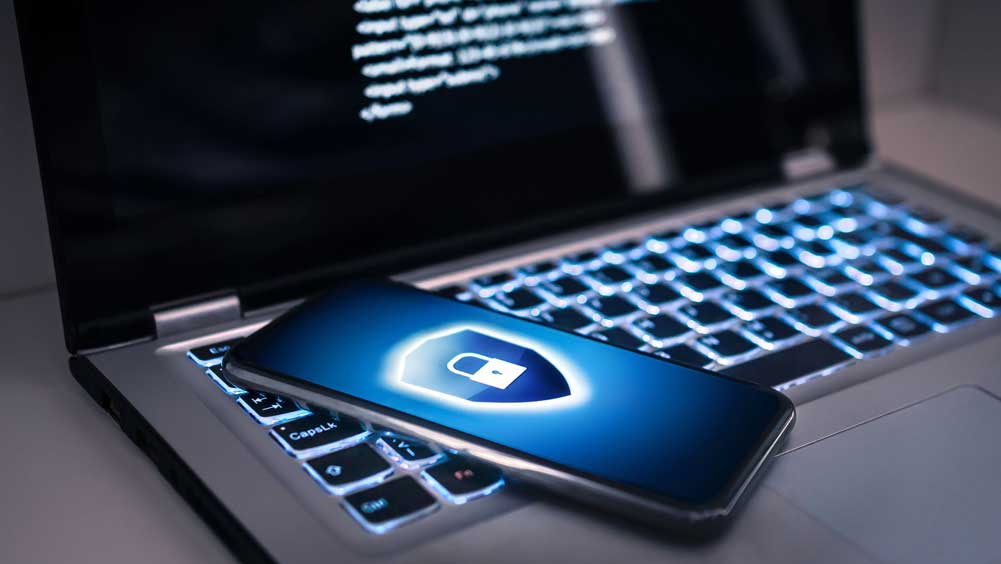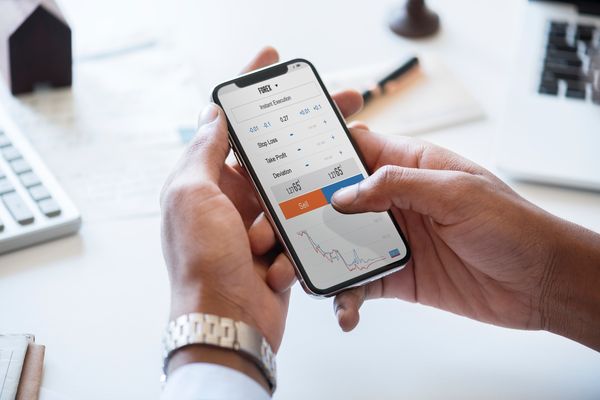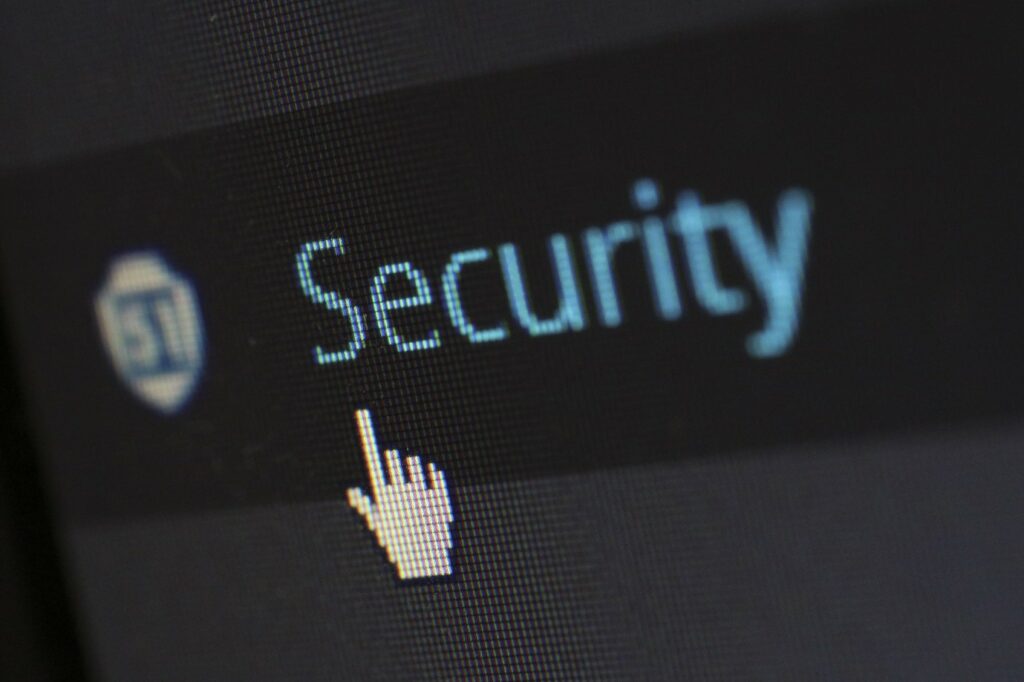Personal Device Security: Incorporating Cybersecurity into Your Lifestyle
In an increasingly digital world, personal device security has become a critical concern for individuals. With the rising number of cyber threats and the potential risks associated with them, it is essential to incorporate cybersecurity practices into your lifestyle. This article provides comprehensive guidance on conducting a security risk assessment and implementing effective measures to safeguard your personal devices. By following these strategies, you can ensure a safe and secure digital experience.
Personal Device Security: Understanding The Importance
In today’s interconnected world, personal devices such as smartphones, tablets, and laptops have become an integral part of our lives. They store sensitive information, including personal data, financial details, and private communications. Without proper security measures, these devices are vulnerable to various cyber threats, such as hacking, malware attacks, and identity theft. Therefore, understanding the importance of personal device security is crucial for protecting your digital identity and maintaining privacy.
Conducting a Security Risk Assessment
To establish effective personal device security, conducting a security risk assessment is the first step. By evaluating the potential risks and vulnerabilities associated with your devices, you can develop a comprehensive security plan. Here’s how to conduct a security risk assessment:
Identify threats and vulnerabilities
Start by identifying the potential threats and vulnerabilities that your personal devices might face. These could include phishing attacks, weak passwords, outdated software, or unsecured Wi-Fi networks. Make a list of these risks to have a clear understanding of what needs to be addressed.
Evaluate existing security measures
Assess the current security measures you have in place for your devices. Check if you have antivirus software installed, firewalls enabled, and automatic software updates activated. Review your privacy settings on various apps and platforms to ensure they are appropriately configured.
Assess data protection practices
Evaluate how you handle and store sensitive data on your personal devices. Consider whether you encrypt your files and use strong, unique passwords for each account. Assess the backup solutions you have in place and determine if they are secure and reliable.
Analyze online behavior
Examine your online behavior and habits. Are you cautious while clicking on links or downloading attachments? Do you avoid sharing personal information on untrusted websites or public Wi-Fi networks? Analyzing your online behavior can help you identify areas for improvement.
Prioritize and mitigate risks
Based on the assessment, prioritize the identified risks and vulnerabilities. Develop a plan to mitigate these risks effectively. This plan should include steps to enhance security measures, adopt better data protection practices, and improve online behavior.
Implementing Effective Personal Device Security Measures
Once you have conducted a security risk assessment, it’s time to implement effective personal device security measures. By following these strategies, you can significantly reduce the risk of cyber threats:
Use strong and unique passwords
Create strong, unique passwords for each of your online accounts. Avoid using common phrases, personal information, or sequential numbers. Consider using a password manager to generate and store complex passwords securely.
Enable two-factor authentication (2FA)
Enable two-factor authentication whenever possible. This adds an extra layer of security by requiring an additional verification step, such as a unique code sent to your mobile device, when logging into your accounts.
Keep software and apps up to date
Regularly update the software, operating system, and apps on your personal devices. Software updates often include security patches that address known vulnerabilities. Enabling automatic updates ensures you stay protected against the latest threats.
Be cautious of phishing attacks
Be vigilant when it comes to phishing attacks. Avoid clicking on suspicious links or opening email attachments from unknown senders. Verify the authenticity of emails and websites before providing any personal information.
Secure your Wi-Fi network
Secure your home Wi-Fi network with a strong password and encryption. Avoid using default or easily guessable passwords. Additionally, consider enabling a guest network to separate your personal devices from those of your visitors.
Regularly back up your data
Frequently back up your personal device data to a secure location, such as an external hard drive or cloud storage. In the event of a security breach or device failure, you can restore your data and minimize potential losses.
FAQs About Personal Device Security
Here are some frequently asked questions about personal device security and their answers:
Q1: What is a security risk assessment, and why is it important?
A security risk assessment is a systematic evaluation of potential risks and vulnerabilities to determine the security posture of your personal devices. It helps identify areas that need improvement and guides the implementation of effective security measures.
Q2: How often should I update my software and apps?
It is recommended to enable automatic updates for software and apps whenever possible. This ensures that you receive the latest security patches and protection against emerging threats.
Conclusion
Incorporating cybersecurity into your lifestyle is no longer an option but a necessity. The increasing prevalence of cyber threats requires individuals to take proactive measures to protect their personal devices and digital identities. By conducting a security risk assessment and implementing effective security measures, you can significantly reduce the risk of falling victim to cyberattacks.



3 thoughts on “Personal Device Security: Incorporating Cybersecurity into Your Lifestyle”